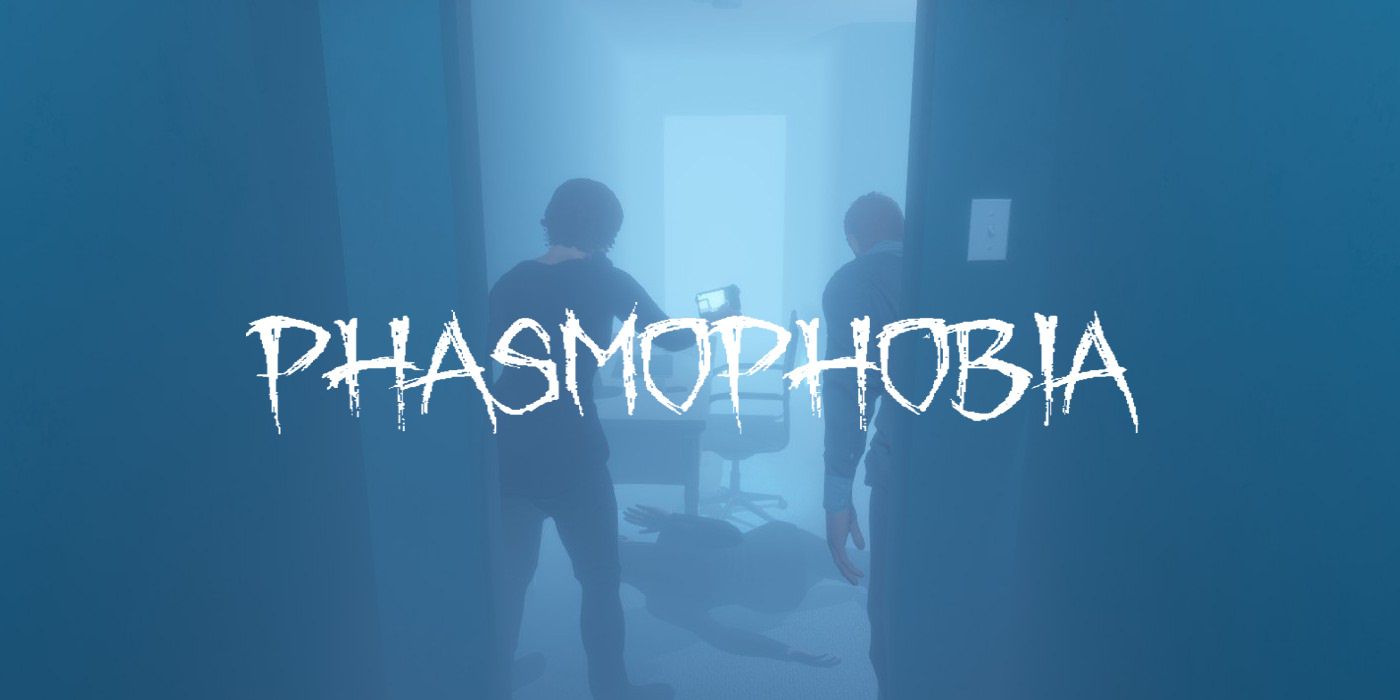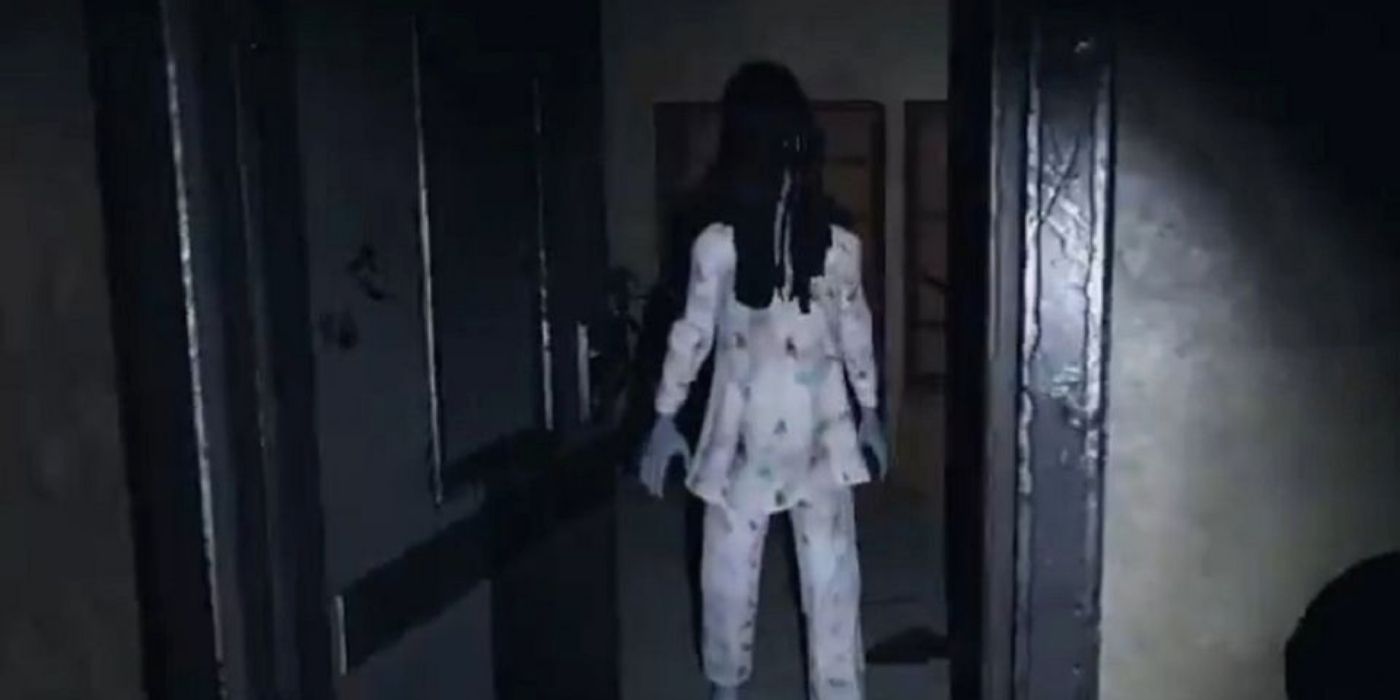Phasmophobia is a first-person ghost hunting and investigation horror game with online co-op that gained extreme popularity thanks to the efforts of several Twitch streamers and content creators on YouTube. The primary goal of the game is to identify the type of ghosts haunting the location and escape with life (and sanity) intact. The game has grown since its release back in September of 2020, and is continuing to develop into one of the scariest horror games on Steam.
While the game is still in Early Access, it is continuously receiving updates that add more items, quests, and scares to the game. Some of the latest additions have included items such as the parabolic microphone and the introduction of daily quests that act as a way for players to secure more money. The game also improved systems such as in-game proximity voice chat, and utilized several mechanics to make ghosts deadlier to players. Phasmophobia launched with twelve ghost types for players to hunt, adding two new ghost types in one of its later updates: the Hantu and the Yokai.
A Hantu is described as a "rare ghost" that can be discovered in warmer climates, but this doesn't stop it from appearing in any of Phasmophobia's maps, new or old. Ghost hunters will be able to detect a Hantu with Fingerprints, Ghost Orbs, and Ghost Writing. Each of these pieces of evidence can be collected using some of the various tools provided within Phasmophobia's extensive in-game store, where players can use the money they've earned to purchase better tools for hunting. One of the Hantu's unique strengths is that it travels faster in colder areas. This places particular pressure on players maintaining power for the duration of the investigation. It is also possible for players to detect a Hantu's identity by witnessing the ghost's speed vary from room to room due to differing temperatures.
Phasmophobia's Yokai Is Angered By Player Voices
The Yokai spirit is a ghost that works to exploit one of Phasmophobia's most vital in-game mechanics: voice chat. The more players speak, the more angry it becomes. While the Yokai is described as a "common ghost type" in Phasmphobia's journal, it is as dangerous (or perhaps more) than Demons and Onis. The Yokai's identity can be confirmed with Spirit Box, Ghost Orb, and Ghost Writing evidence being collected during an investigation. This ghost's biggest strength is its increased hostility around player voices, allowing it to initiate hunts during high sanity periods. Thankfully, a Yokai has a very limited hearing range while hunting, meaning that players will be able evade detection quite easily.
Aside from the Hantu and Yokai ghost types, Phasmophobia added a new ghost model into the game that increases the scare factor for ghost hunts. Instead of hobbling towards players at an unsteady gait, or crawling along the ground, this ghost will climb along the ceilings towards its prey. Its model bears a striking resemblance to the girl from the acclaimed horror series The Ring, and emits similar spine-chilling terror upon spawning. Phasmophobia also added a new ability for players who had died, allowing them to interact with the map and items around them. While dead players don't count as ghosts necessarily, beginning to give them abilities that resemble the behavior of hostile spirits could theoretically open opportunities for further development of ghosts as players.
Given the success of these additions, it's likely that Phasmophobia will be looking to incorporate further new ghost types in future updates. The success of the Hantu and the Yokai spirits, as well as additional content updates added throughout the game's early access run, hopefully point towards Phasmophobia's continued expansion and success.


